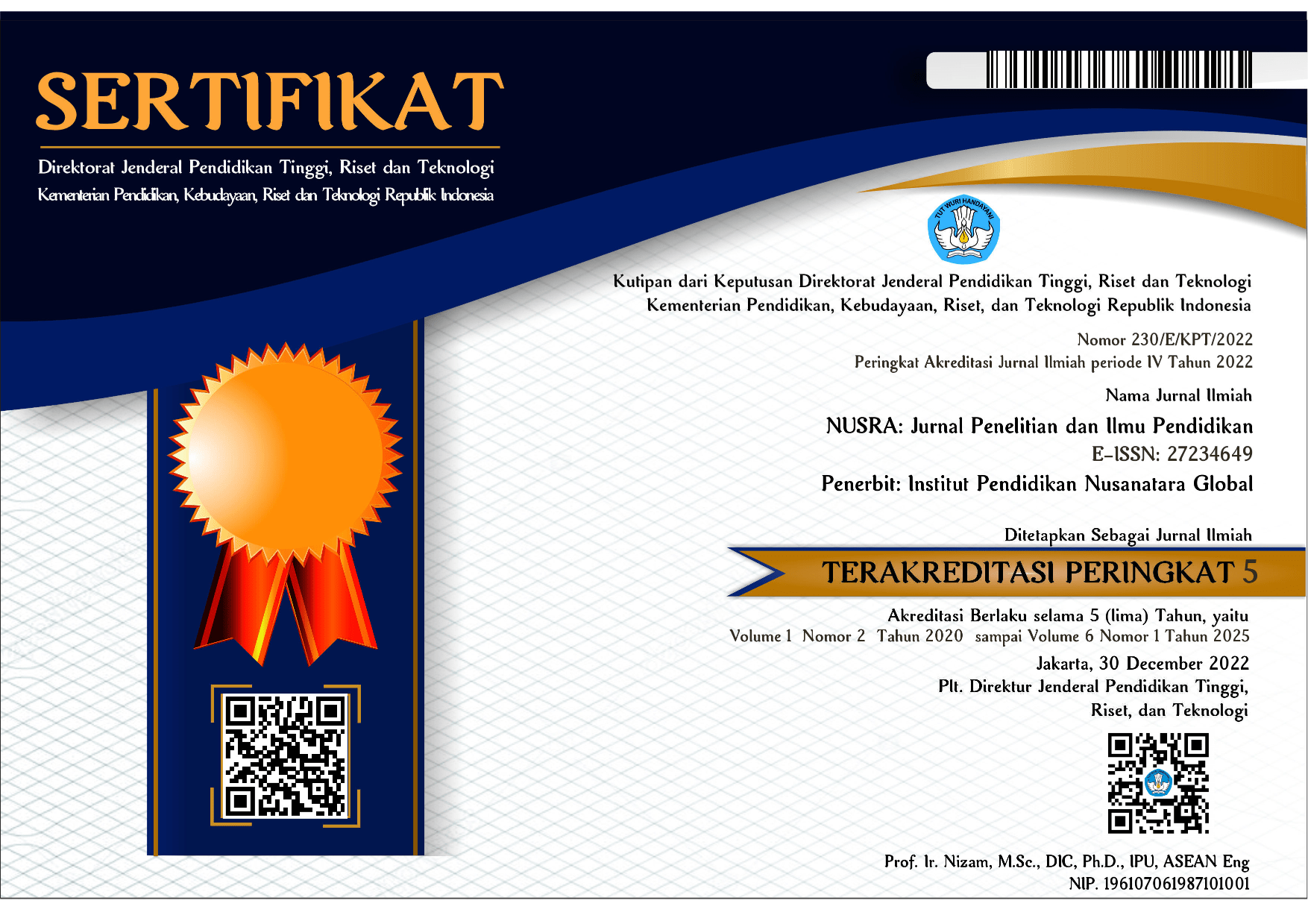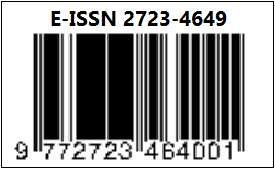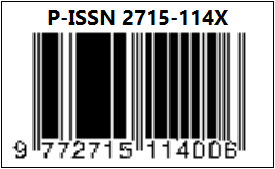Kredibilitas Sumber Ilmiah di Era Digital
DOI:
https://doi.org/10.55681/nusra.v5i3.3142Keywords:
Credibility, Scientific Sources, Digital EraAbstract
A source is said to be credible if it can be trusted. Sometimes it is difficult to determine whether a credible source is trustworthy or not because some of the information presents false information as facts without evidence. Moreover, in today's digital era, we often have difficulty finding credible scientific sources, because the emergence of the internet, news websites, blogs and social media platforms have become increasingly dominant in disseminating information. So it confuses consumers in assessing its credibility. In the digital era, information is very easy to obtain, but this affects the credibility of the information, now it is very difficult to distinguish between what is right and what is wrong, so we need to know how to find credible sources of information such as searching for information in accredited journals or accredited sites such as Google Scholar. Where the site has met the standard criteria for evaluating scientific sources such as having an author, having accuracy, being up-to-date, and being objective.
Downloads
References
Afif Muhtar, A., & Rohman, M. (2023). Media dalam Kehidupan Masyarakat. Indo-Mathedu Intellectuals Journal, 4(3), 2976–2985. Https://Doi.Org/10.54373/Imeij.V4i3.508
Ardoni, A. (2020). Evaluasi Sumber Informasi Digital: Wikipedia. Shaut Al-Maktabah : Jurnal Perpustakaan, Arsip Dan Dokumentasi, 12(1), 1–10. Https://Doi.Org/10.37108/Shaut.V12i1.302
Kimia, D. (2019). Pernik-Pernik Dalam Penulisan Publikasi Ilmiah Di Era Digital Mudasir. 22–23.
Mejillón González Yuri Lisbeth Tutor: (2022). No Titleהכי קשה לראות את מה שבאמת לנגד העינים. הארץ, 8.5.2017, 2003–2005.
Mossberger, K. & C. J. T. (2019). Digital Citizenship: The Internet, Society, And Partisipation. 9–24.
Prastiwi, S. K., & Aminah, A. S. (2021). The Effect Of Credibility, Electronic Word Of Mouth Communication On Purchase Intentions. Journal Of Business Management Review, 2(1), 038–056. Https://Doi.Org/10.47153/Jbmr21.832021
Putra, Agus Darma & Alpan Ahmadi. (2021). Pembelajaran Bahasa Indonesia Melalui Media Digital Pada Anak-Anak Di Desa Ganti (Lombok). Jurnal Ilmiah Global Education (JIGE), 2(2),147–150.
Risma, M., Misbah, M., Sasmita, F. D., Yulkifli, Y., & Risma, M. (N.D.). Preliminary Study Of Physics E-Module Development Using Research-Based Learning Model Through Smartphone To Support Digital Learning In Preliminary Study Of Physics E-Module Development Using Research-Based Learning Model Through Smartphone To Support Dig. 0–8. Https://Doi.Org/10.1088/1742-6596/1876/1/012042
Rusdiana, A. (2019). Pelatihan Penulisan Artikel Jurnal Ilmiah. Panduan Penulisan Artikel Jurnal Ilmiah, 1–31. Https://Etheses.Uinsgd.Ac.Id/29523/1/2-Buku Panduan Penulisan Artikel Jurnal Ilmiah.Pdf
Satira, U., & Hidriani, 2rossa. (2021). Peran Penting Public Relations Di Era Digital. 1(1), 179–202.
Satyalesmana, E., & Nugroho, I. (2022). Oleh Penyuluh Pertanian Credibility of Information Sources and Its Utilization by Agricultural Extension Workers. 31, 9–14.
Sina, I., & Maddinsyah, A. (2020). Mengenal Google Scholar dan Shinta. Unpam, February.
Downloads
Published
How to Cite
Issue
Section
License
Copyright (c) 2024 Muhammad Mirwan Apriandi, Donna Boedi Maritasari, Baiq Zil An’gina Maulida, Ilma Karmila

This work is licensed under a Creative Commons Attribution-ShareAlike 4.0 International License.














